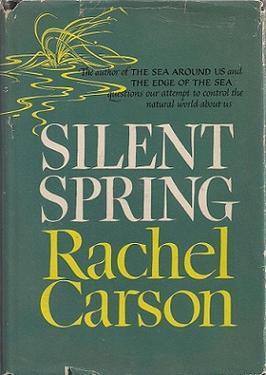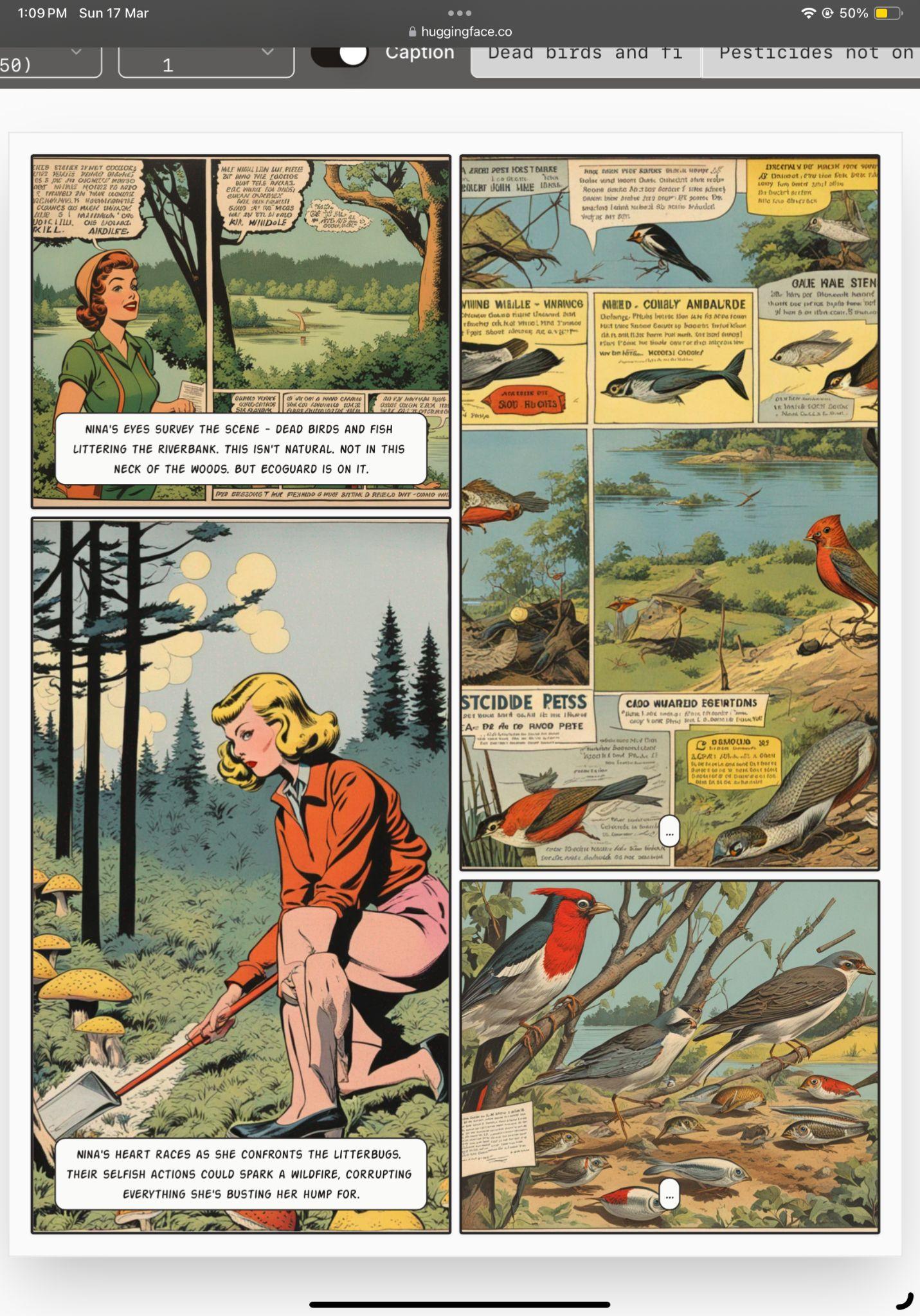BookSummary
SilentSpringbyRachelCarson
ARN604-SustainableBuiltEnvironment
GuidedByProf.MahuaMukherjee
DepartmentofArchitecture&Planning
IndianInstituteofTechnologyRoorkee, Roorkee
DevendraKumar | Himanshu Wanjari

Introduction
● Silent spring in a book, written by Rachel Carson in 1962.
● It documented many damaging effects of a popular pesticide called DDT, on the environment, wildlife and human health.
● It ignited widespread concern about pollution and its impact, ultimately leading to significant changes in environmental policies and the regulation of pesticide.

About theAuthor
Rachel Carson
Rachel Louise Carson was an American marine biologist, writer, and conservationist whose sea trilogy and book Silent Spring are credited with advancing marine conservation and the global environmental movement.



Pesticides are effective in controlling pests and boosting crop yields, but they come with significant risks.
● Environmental impacts include water and soil pollution, depletion of beneficial organisms in the soil, and harm to non-target species.
● Wildlife can suffer from direct toxicity and ecosystem disruptions due to pesticide use.
● Human health risks include acute poisoning, chronic health issues like cancer and neurological disorders, and occupational hazards for agricultural workers.
Post-World War II, surplus chemical agents, like DDT, were repurposed for agricultural use after being developed for wartime purposes.
● Pesticides were marketed as tools of progress, promising increased agricultural productivity and economic prosperity.
● Their indiscriminate use in agriculture led to unforeseen consequences, including environmental contamination, wildlife deaths, and human health problems.
● Pesticides disrupted ecological balances, harming non-target species and destabilizing ecosystems.
● Rachel Carson's "Silent Spring" urged caution and a reevaluation of pesticide use, advocating for more sustainable agricultural practices.


Pesticides not only kill pests but also harm birds, fish, and other wildlife.
● Pesticides, like DDT, are highly toxic and accumulate in the environment.
● Birds and fish are particularly vulnerable due to their position in the food chain.
● These chemicals disrupt ecosystems, leading to habitat destruction and biodiversity loss.
Carson advocates for more sustainable pest management practices to protect wildlife and ecosystems.
Rachel Carson faced criticism and skepticism as she presented her groundbreaking findings on the harmful effects of pesticides.
● Carson faced opposition from pesticide industries and skepticism from scientists and the public.
● Critics accused her of fear-mongering and questioned her motives.
● Despite this, Carson persisted in raising awareness about the dangers of pesticides.
Her work eventually led to significant changes in pesticide regulation and environmental policy.



Pesticides, like DDT, accumulate in the environment and contaminate soil and water.
● Through runoff and bioaccumulation, these chemicals make their way into the food chain.
● Humans are exposed to pesticides through consumption of contaminated food, particularly fruits, vegetables, and animal products.
● Prolonged exposure to low levels of pesticides has been linked to various health issues, including cancer, neurological disorders, and reproductive problems.
● Rachel Carson emphasized the importance of understanding how pesticides enter the food chain and the potential health risks associated with their consumption.
Carson writing "Silent Spring" at her desk, determined to raise awareness.
Undeterred by criticism, Carson writes to expose the dangers of pesticides.
● Highlights that chemical pesticides never target unwanted pests selectively
● once they are distributed into the environment they get easily transmitted through water as well as passed on in the food chain
● Causing a whole variety of species to ingest chemicals & disrupts the balance of whole ecosystems
● create more problems than they solve.









"Silent Spring" book cover, gaining attention and sparking discussions
Book becomes a bestseller, igniting a global environmental movement.
● The book started getting read by various people and set a stage for discussions.
● And a global origin of the problem,
● Seas of pesticides in the u.s forest service's mass use of ddt for combating the spruce budworm in 1956
● spraying the pesticide over 885 000 acres of woodland they ended up exterminating not just the spruce budworm but also natural predators of the spider mite as a consequence the latter bred beyond control and became a worldwide pest.





Community meeting, discussing alternatives to pesticides.
Communities come together to explore eco-friendly pest control methods.
● Once ddt enters the food chain it affects all the species involved
● DDTin particular transmit easily through the food chain this means that even if you don't come in direct contact with the ddt your body may still contain an amount that is potentially health or even life-threatening.
● mass sterilization of pests or introducing specific parasites and predators that help control the pests populations.


Farmers implementing sustainable farming practices, using natural predators to control pests.
Farmers embrace biological alternatives, promoting a healthier environment.
● Carlson begins to study more sustainable farming practices to constantly improve her knowledge and techniques
● the two main solutions to the harmful effect of pesticides are education and biological alternatives
Flourishing crops, diverse wildlife, and clean waterways.
● Through education and innovation, humans restore balance to ecosystems, protecting both crops and nature.
● The clean unpolluted waterways provide safe haven for other animals
● Carson joins hands teaching young minds the importance of sustainable agriculture and healthy soil preservation.








